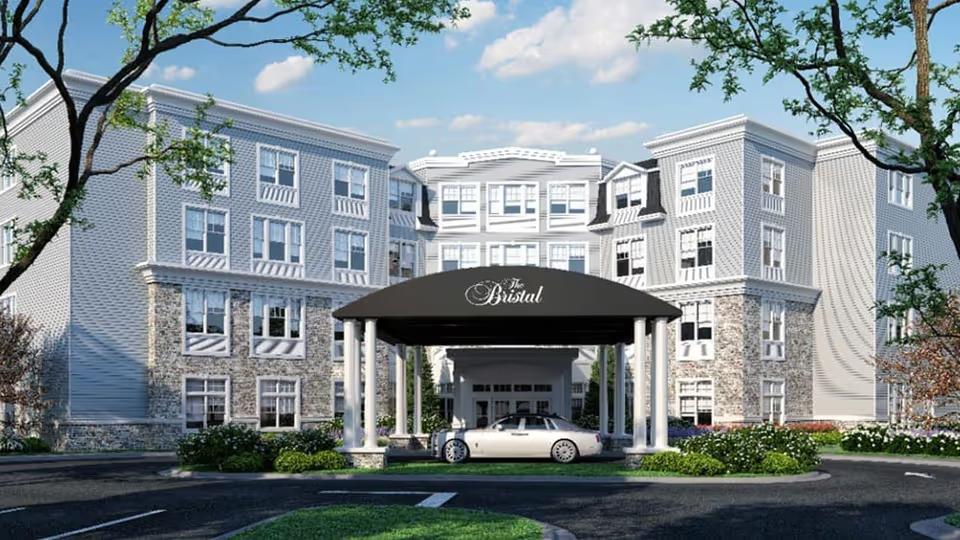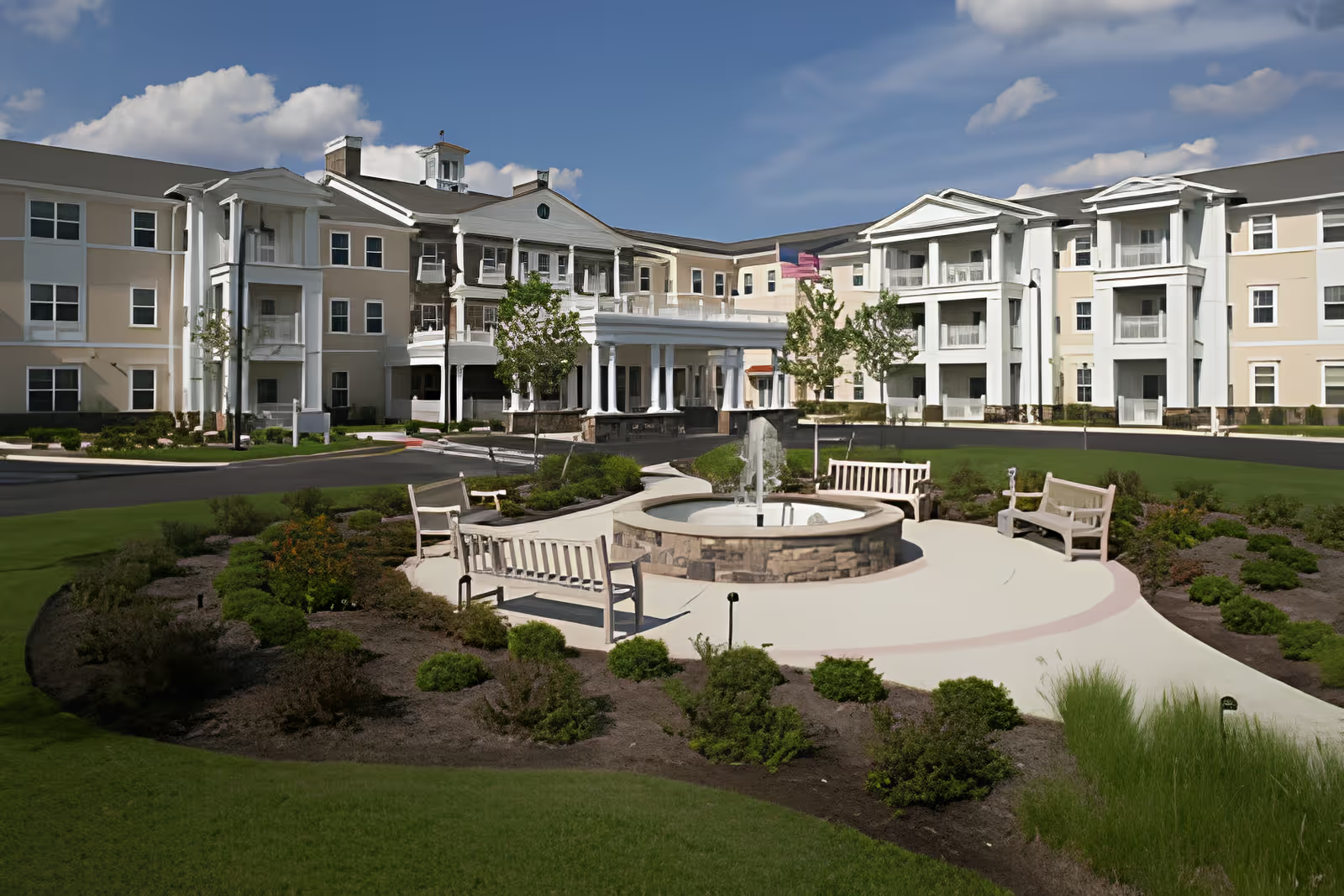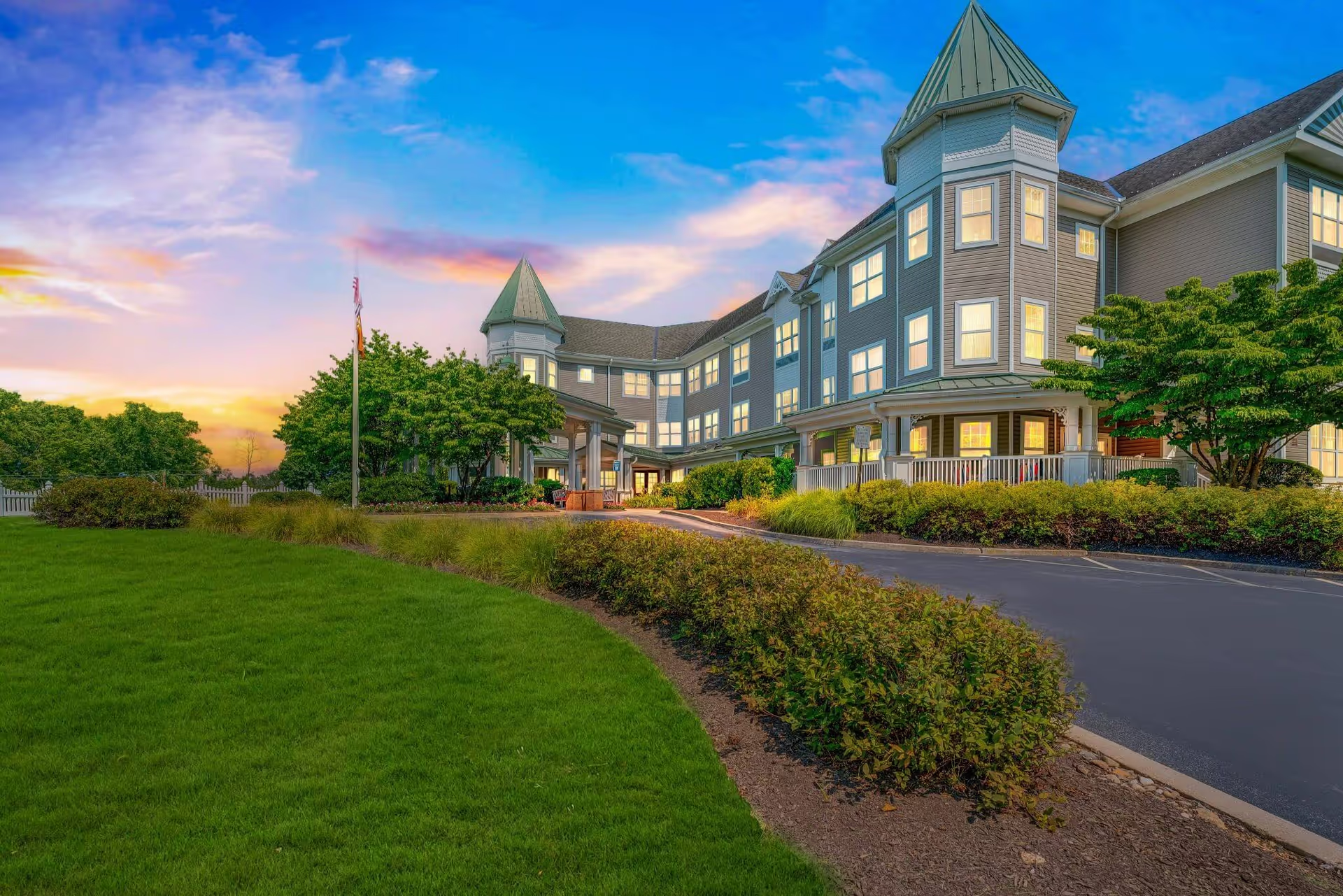Overall impression: Reviews of Complete Care at Woodlands are strongly mixed, with a substantial number of families and residents reporting excellent, compassionate care and effective rehabilitation services, while others report serious safety, hygiene, communication, and management problems. The most consistent praise centers on therapy (PT/OT), recreational programming, and many individual staff members who are described as caring and professional. The most serious criticisms include medication and wound-care lapses, hygiene/odor concerns in some areas, and allegations of neglect, lost belongings, and unprofessional behavior by certain staff or management.
Care quality and therapy: A frequent positive theme is the strength of the physical and occupational therapy teams. Multiple reviewers reported clear rehab progress (for example, patients standing after therapy, notable OT engagement), and some highlight motivated, proactive therapists. Admissions and quick bed placement for rehab were praised in several comments. However, there are important counterpoints: reviewers also reported inconsistent therapy delivery (therapy billed but not provided), therapy schedules not aligned with dialysis days, and cases where rehabilitation focus seemed lacking. This suggests solid therapy capabilities that are unevenly delivered; prospective residents should confirm therapy schedules, billing transparency, and coordination with other treatments (e.g., dialysis) before admission.
Nursing, aides, and clinical safety: Reviews show a high degree of variability. Many families highlighted compassionate, attentive nursing staff and aides who provided dignity and excellent hands-on care, with several staff members named and praised. Conversely, there are multiple reports of rude or unprofessional nurses or managers, delayed medications, missed doctor orders, delayed wound/bandage changes, PICC-line care issues, and even serious outcomes (bedsores, sepsis, falls) in some cases. Several reviewers specifically noted a better daytime staff experience versus problematic nights — indicating possible staffing or supervision gaps on certain shifts. These mixed reports point to an uneven standard of clinical care that can have major health consequences in some cases.
Facilities, cleanliness, and environment: Many reviewers described the facility as clean, well-maintained, bright, and home-like, with pleasant outdoor areas and spacious single rooms in some wings. Recreation spaces and activities were frequently cited as strengths. At the same time, a subset of reviews reported strong odor problems (urine and feces smell), filthy bathrooms or showers, stained beds, and inconsistent housekeeping — sometimes concentrated on lower levels. This inconsistency suggests variability in housekeeping standards between units or shifts rather than a uniform facility-wide condition.
Dining and nutrition: Dining impressions are mixed but reveal recurring issues. Some residents found meals acceptable, even delicious in a few reports, and appreciated social dining and activities. However, multiple reviewers reported limited menu choices (partly attributed to state rules), meals unsuitable for diabetic diets, poor accommodation of plant-based needs, cold meals that arrive in styrofoam due to COVID-era packaging, lack of weekend dining options, and no pre-order meal option. Some families resorted to takeout because of dissatisfaction. Food quality and dietary accommodations appear to be an area for improvement and clarification for incoming residents with special diets.
Management, communication, and administrative matters: Administrative experiences vary widely. Some reviewers praised admissions staff, recreation leadership, and specific administrators for responsiveness, efficient placement, and thoughtful gestures. Other reviewers described dismissive or even mocking managerial responses to safety concerns, an unhelpful social worker, accusations of money-driven behavior, poor communication with families and external liaisons, and errors in billing or insurance information. Reports of lost items and alleged theft, with slow or unsatisfactory follow-up, further erode trust for some families. These mixed reports indicate that leadership and case management quality may be inconsistent and that communication protocols could be strengthened.
Safety, serious incidents, and allegations: Several reviews recount severe incidents — falls leading to rehospitalization, untreated wounds, bedsores, sepsis, and transfers back to hospital — as well as claims of staff ignoring calls for help. There are also multiple reports of missing personal items and at least one allegation of abusive or racist treatment. While many experiences were positive and some residents thrived, these serious negative reports are significant and should be weighed carefully by prospective residents and families.
Activities and resident life: The recreation department and activities staff receive strong, repeated praise. Events such as Valentine’s Day parties, pet/pony visits, and other social programs are described as joyful and well-executed, contributing positively to resident morale. For families prioritizing social engagement, this is an important strength.
Cost and value considerations: A number of reviewers felt the facility was expensive relative to the care received, citing high cost, small rooms in some areas, and a high patient-to-nurse ratio. Because perceptions of value vary with the specific wing, staffing on particular shifts, and individual clinical outcomes, price-to-quality assessment appears to be uneven across residents.
Patterns and takeaways: The dominant pattern is variability. Positive reports consistently cite strong therapy, outstanding individual caregivers, engaging activities, and occasionally very responsive administration. Negative reports emphasize safety lapses, inconsistent nursing and housekeeping standards, communication failures, and dietary shortcomings. This suggests that Complete Care at Woodlands can provide excellent care in many cases but that outcomes depend heavily on specific staff on duty, unit location, and day/night shifts.
Recommendations for families considering this facility: Ask specific, verbal questions during tours about recent state inspection reports and how the facility addresses citations; request written schedules and staffing ratios (day vs night); clarify therapy plans including coordination with dialysis and billing verification; ask how wound/PICC/IV care is handled and how medication reconciliation and physician orders are managed; inspect the specific unit and rooms for odor and cleanliness; inquire about dietary accommodations for diabetes and plant-based needs and whether weekend dining/meal pre-ordering is available; and get a clear point of contact and escalation path for concerns, including how lost-item reports and allegations are investigated. Given the mixed reviews, an in-person visit, speaking with current families on the unit, and checking recent regulatory records will help determine whether the facility’s strengths align with a prospective resident’s needs.







